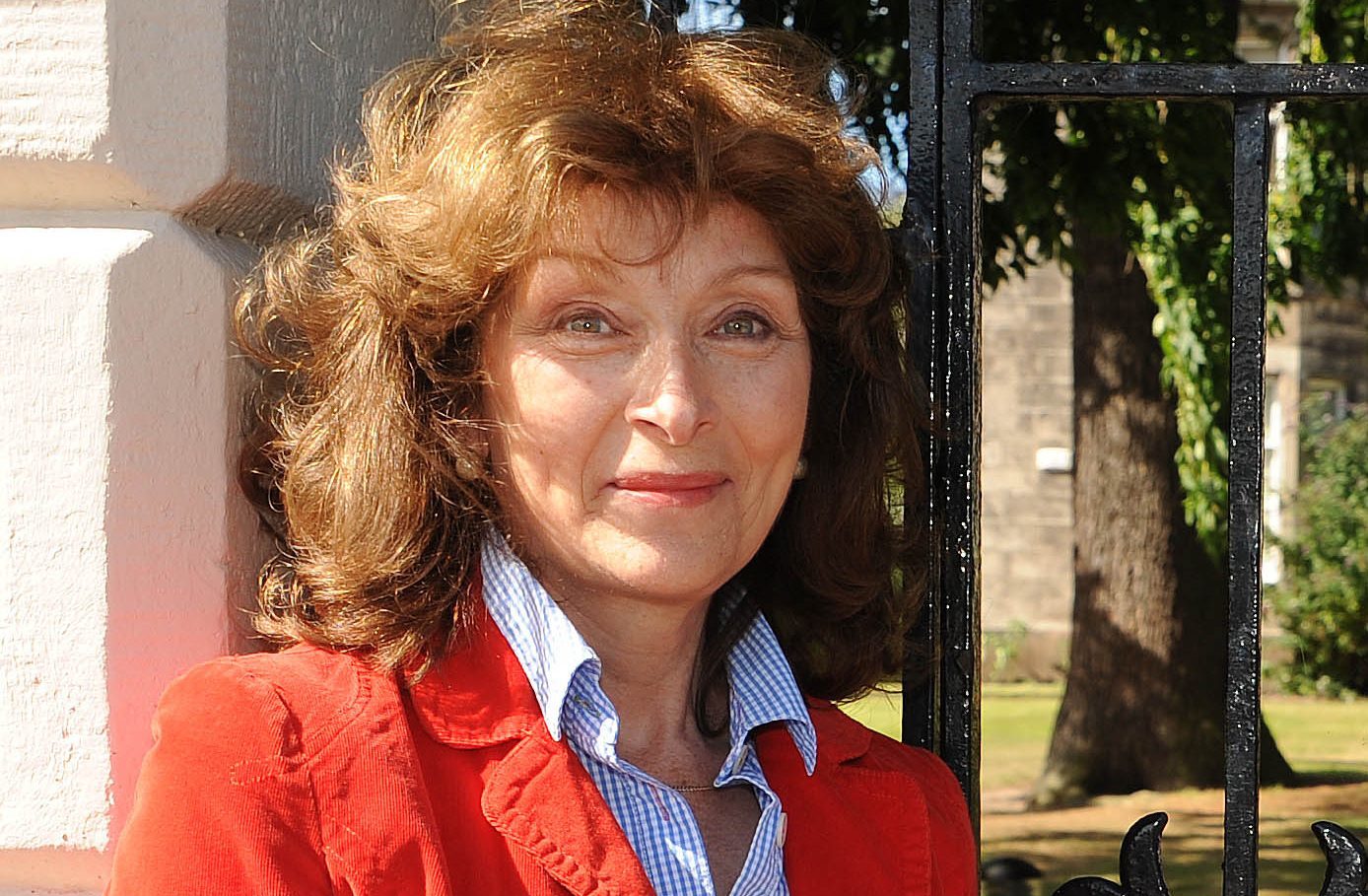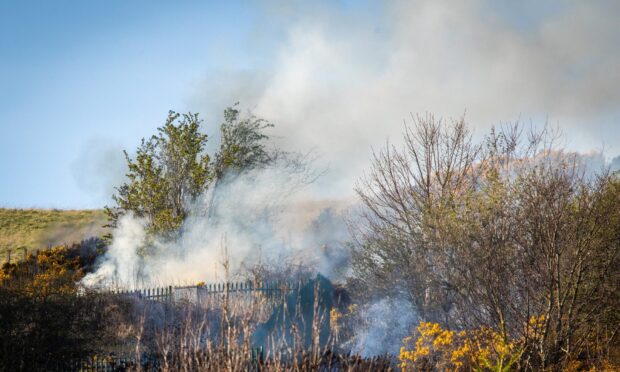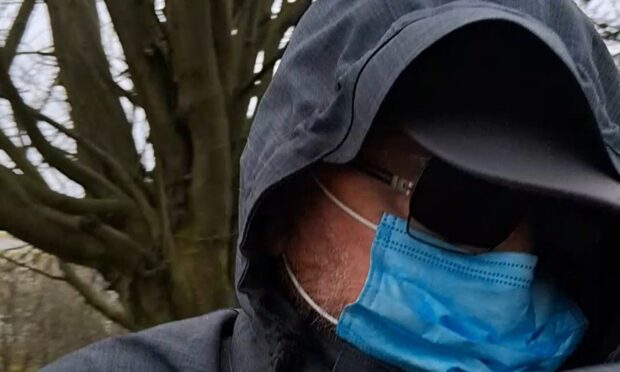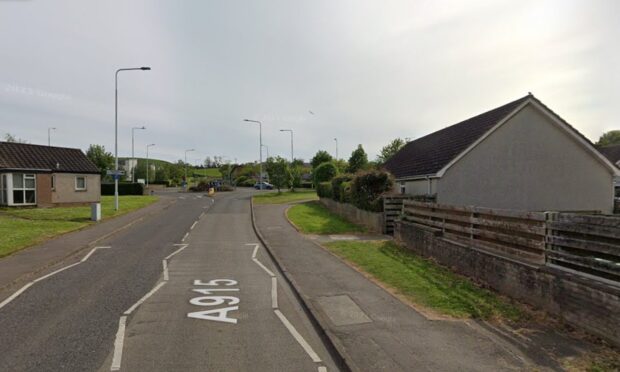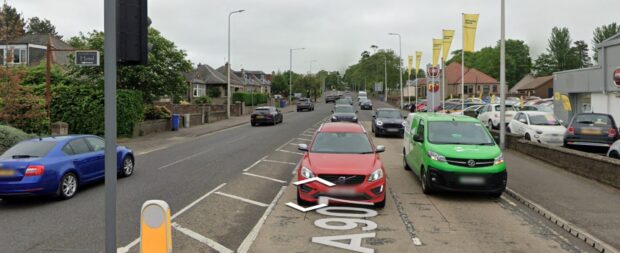A Fife planning policy which leaves people in affordable housing with less local amenities has been described as shameful.
Elected members spoke out as north east planning committee discussed a proposal for 45 affordable homes in Ladybank.
Committee chair Frances Melville was first to highlight the Fife Council policy, which she said seemed to assume “just because it’s affordable housing, people should have less facilities”.
Agreeing, Elizabeth Riches said: “Shame on all of us for having this as our policy.”
The proposal, which is for the south east of the village near Commercial Crescent, was approved.
However, because it is affordable housing, there is no need for developer Ladybank Homes to make a financial contribution towards upgrading areas of open space or education infrastructure.
Dorothea Morrison said: “Quality of life should be the same for residents of affordable housing as it is for people in more expensive housing.”
Concerns were also raised about flooding in the area and Ladybank’s high water table.
A sustainable urban drainage system (SUDS) pond will be built outside the village boundary. The development itself is within the boundary.
Andy Heer said: “The water table in Ladybank is very high. The water table is so high in the area, they are battling against the laws of nature.
“Until the 19th century, the place was called ‘Ladybog’. It was only when the railway arrived that the Victorians gentrified it to Ladybank.
“How is a SUDS pond going to work?”
Planner Derek Simpson said: “We can only go on what we have been advised by Scottish Environment Protection Agency (SEPA).
“All I can really say is that SEPA are satisfied and would not support the application if they weren’t convinced it wasn’t going to have any adverse impact.”
There were 23 letters of objection in relation to the plans including from Ladybank Community Council.
The community council raised concerns about increased traffic and pressure on the local school and doctors’ surgery.
The planning report to the committee stated: “This scheme would result in the redevelopment and decontamination of a redundant brownfield site while providing affordable housing within an area highlighted as having a shortfall.
“The development would have no significant adverse impact on the surrounding road network.”
